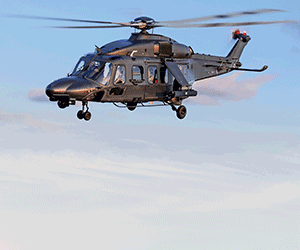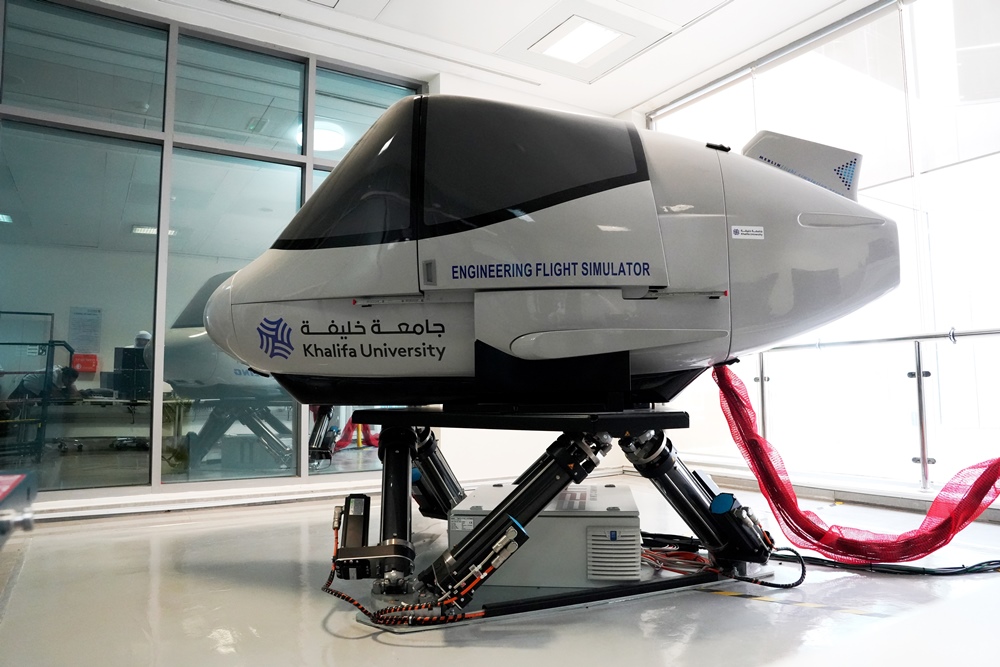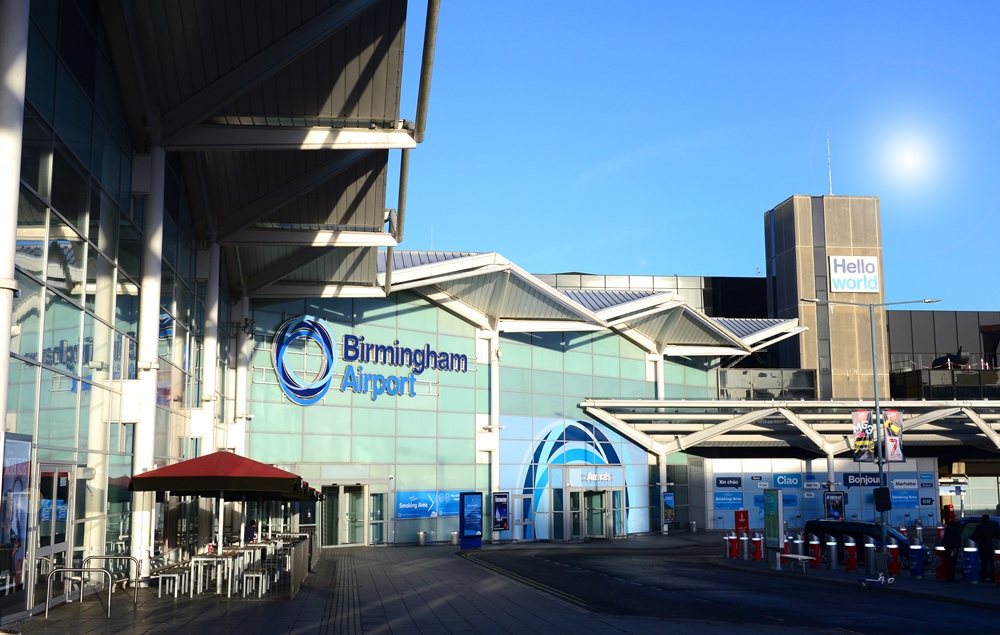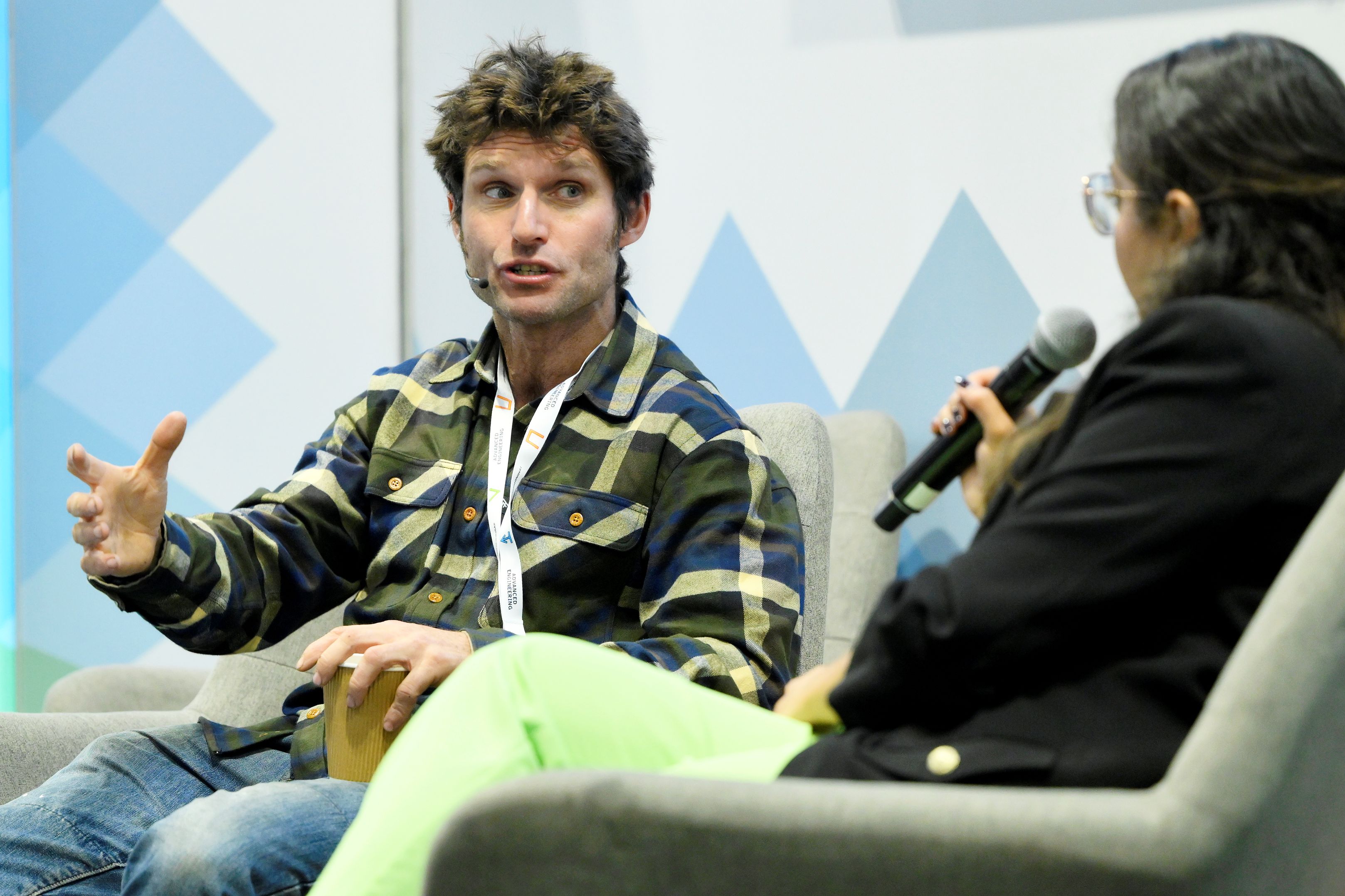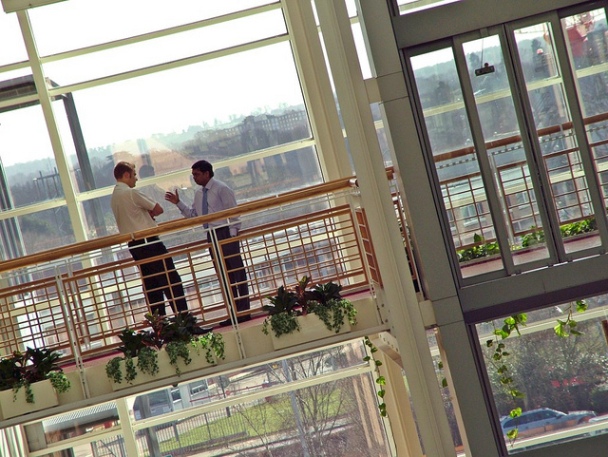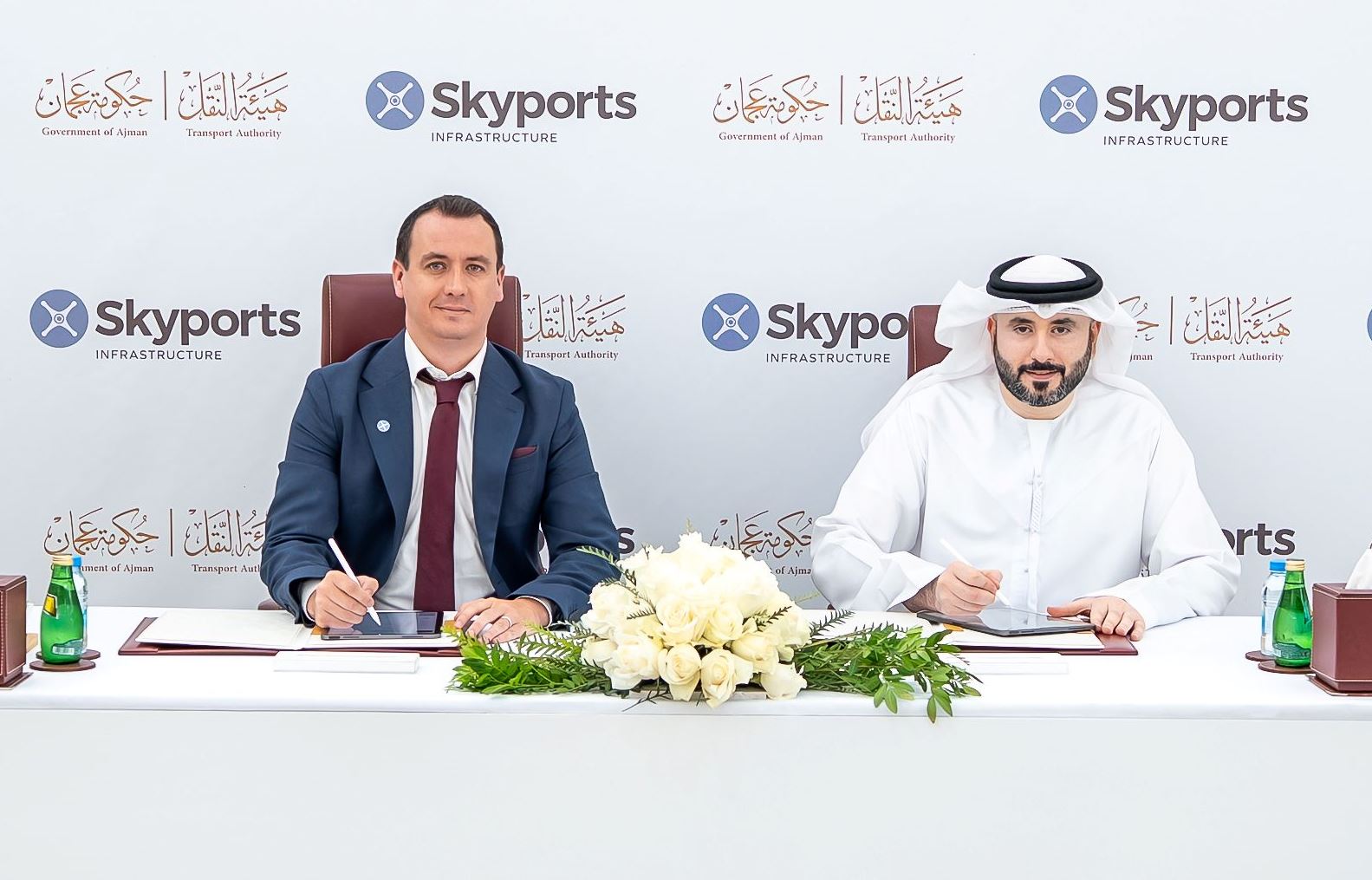Top aerospace and defence companies join forces to solve global challenges
Finmeccanica, Lockheed Martin, Northrop Grumman, Raytheon, and Saab – companies traditionally used to competing with each other for major contracts in the aerospace, defence and security sector - have jointly backed a statement declaring their readiness to work across sectors to meet common goals.
The complex global challenges being tackled span sustainable infrastructures, clean energy, environment, climate, transport, logistics, humanitarian and disaster relief, and a host of other architectural and structural issues. The goal of this collaboration is to take on those challenges that have historically been too large and intertwined at an international level for any one government, sector, business or agency to address individually. Companies from within the Aerospace and Defence Sector have developed technologies and systems over decades that are highly suited to the application of cross-sector approaches to these challenges. The statement issued yesterday makes clear that the industry wants to work together to make this expertise widely available.
Jointly agreed by all five companies, the statement – which will be discussed during the forthcoming E3DS conference in London this November - reads: “With decades of relevant expertise, the Aerospace, Defence, and Security sector is ideally suited to address wide-ranging global challenges, whether they be security-related, environmental, technological, or economic. Our experience in providing innovative mission solutions uniquely positions us to support government and other industry sectors as they endeavour to tackle these complex challenges. We are ready, individually and collaboratively, to offer ourselves in this role.”
The inspiration behind the statement has come from a recognition, expressed by scientists, politicians, and industry experts alike, that only a concerted effort along the lines of the Apollo Moon Programme of the 1960s and 1970s can come close to mitigating some of the pressing challenges associated with climate change and the need to build sustainable infrastructures. As the industry that came together to put a man on the Moon, the aerospace and defence industry may well hold the key to solving some of the highly complex issues that stem from shifting global temperatures and collapsing ecosystems, many experts now recognise. The five companies that penned the statement have significant resources and employ more than 340,000 people that can work to solve these important challenges.
Nick Cook, CEO of Dynamixx – joint organisers of the E3DS conference with IHS, the leading global source of information and analytics – said: “Aerospace companies - via their traditional role as providers of defence and security solutions - have developed a profound, but largely untapped, understanding of climate and weather through the spacecraft, aircraft, ships, submarines, vehicles, and sensors they have built for their government customers. Much of the science and technology underwriting these systems is a resource that can help provide solutions for climate, weather, energy, environment, natural disaster, resource scarcity, and other complex challenges. Indeed, these companies have already built many of the sensors, satellites, and technologies that have brought us the knowledge and the weather forecasts we experience daily today.
“Our intention is to use our conference as a platform to invite governments, other industries and academia to tap into this rich resource to develop ‘cross-sector’ solutions to complex global challenges.”
The ADS sector is already addressing the complex global challenge space. ADS companies have significant background in clean energy. Lockheed Martin, for example, has been developing alternative power generation technologies since the 1970s. A number of ADS companies have in the last two to three years launched energy business units, exploiting their background technology in solar, wind, and wave-energy.
At least four of the ‘Big 9’ global ADS prime contractors – Lockheed Martin of the United States, Finmeccanica of Italy and Saab Group of Sweden – are now offering their systems integration skills and technologies to offer partial or fully integrated ‘smart city’ solutions around the world. Saab, in fact, has recently signed an MoU with the Inter-Development American Bank to support Latin American cities looking to adopt a ‘Swedish model’ for smart city solutions.
ADS companies have also developed ‘off-grid’ solutions for military ‘Forward Operating Bases’ (FOBs) that match the needs of remote, autonomous communities – think isolated settlements in remote Arctic and desert regions, as well mining, mineral extraction, and Oil & Gas community needs all over the world – for integrated packages that combine renewable energy, intelligent grid and waste-to-energy technologies. These same packaged solutions are also applicable to humanitarian relief and other necessary global challenge needs.
The innovation behind ADS companies is leveraging situational awareness and automated logistics technologies for humanitarian relief and other challenges in the fields of disaster response, be it from extreme weather, earthquakes or other natural disasters. Raytheon, for example, offers deployable air traffic control systems that provide, essentially, an airport tower in a container. The company also has modular solutions to adapt most cargo ships for automated humanitarian aid distribution via unmanned airlifts for use where port facilities do not exist or have been damaged.
Dynamixx is working with ADS companies and the insurance/re-insurance sector to help transition systems that corral climate and weather data in real-time to areas affected by extreme weather – both to better understand the nature of the risk faced in these areas and to act as an ‘early warning’ system. The resultant solutions will not only have great application in emerging economies, where weather and flood catastrophes have disastrous impacts, but in areas like Florida, where building development on that state’s coastline (insured value - $9 trillion) is being thwarted for lack of insurance cover due to ill-understood weather and sea level risk.
Lockheed Martin has applied its 100-year legacy of innovation to develop Ocean Thermal Energy Conversion (OTEC) technology, which leverages the ocean’s thermal gradient to generate power and can be adapted to produce fresh water. In geographical areas with warm surface water and cold deep water, the temperature difference can be used to drive a steam cycle that turns a turbine. This process can serve as a baseload power generation system that produces a significant amount of renewable, non-polluting power. Additionally, the OTEC system can be used for fresh-water production by flash evaporating the warm sea water and condensing the subsequent water vapour using cold sea water.

From left to right: Nick Cook, CEO/founder, Dynamixx; Dr Marko Erman, senior VP & chief technical officer, Thales; Pontus de Laval, senior VP technology, Saab; Mark Russell, VP of engineering, technology & mission assurance, Raytheon; Dr Alexis Livanos, VP & chief technology officer, Northrop Grumman; Dr Ray Johnson, senior VP & chief technology officer, Lockheed Martin; Lorenzo Fiori, senior VP, chief technical officer, Finmeccanica Group; Dr Jean Botti, chief technical officer, EADS; Dr John Tracy, chief technology officer & senior VP engineering, operations & technology, The Boeing Company.



